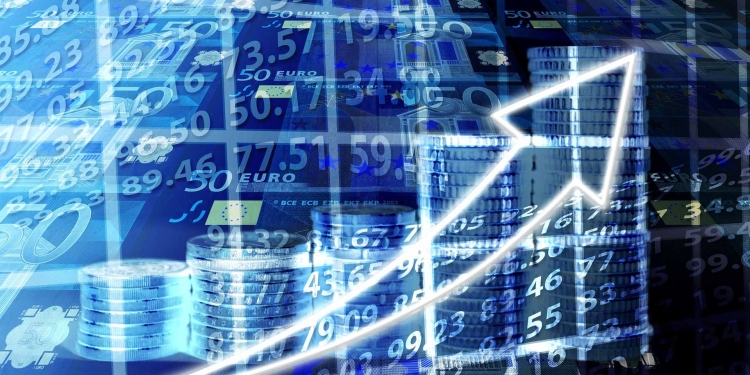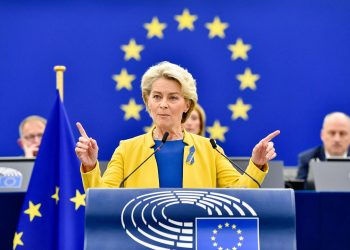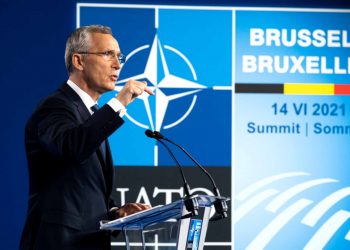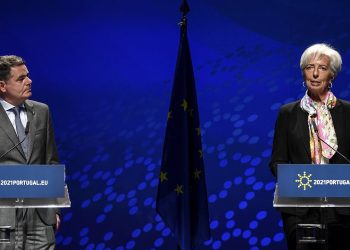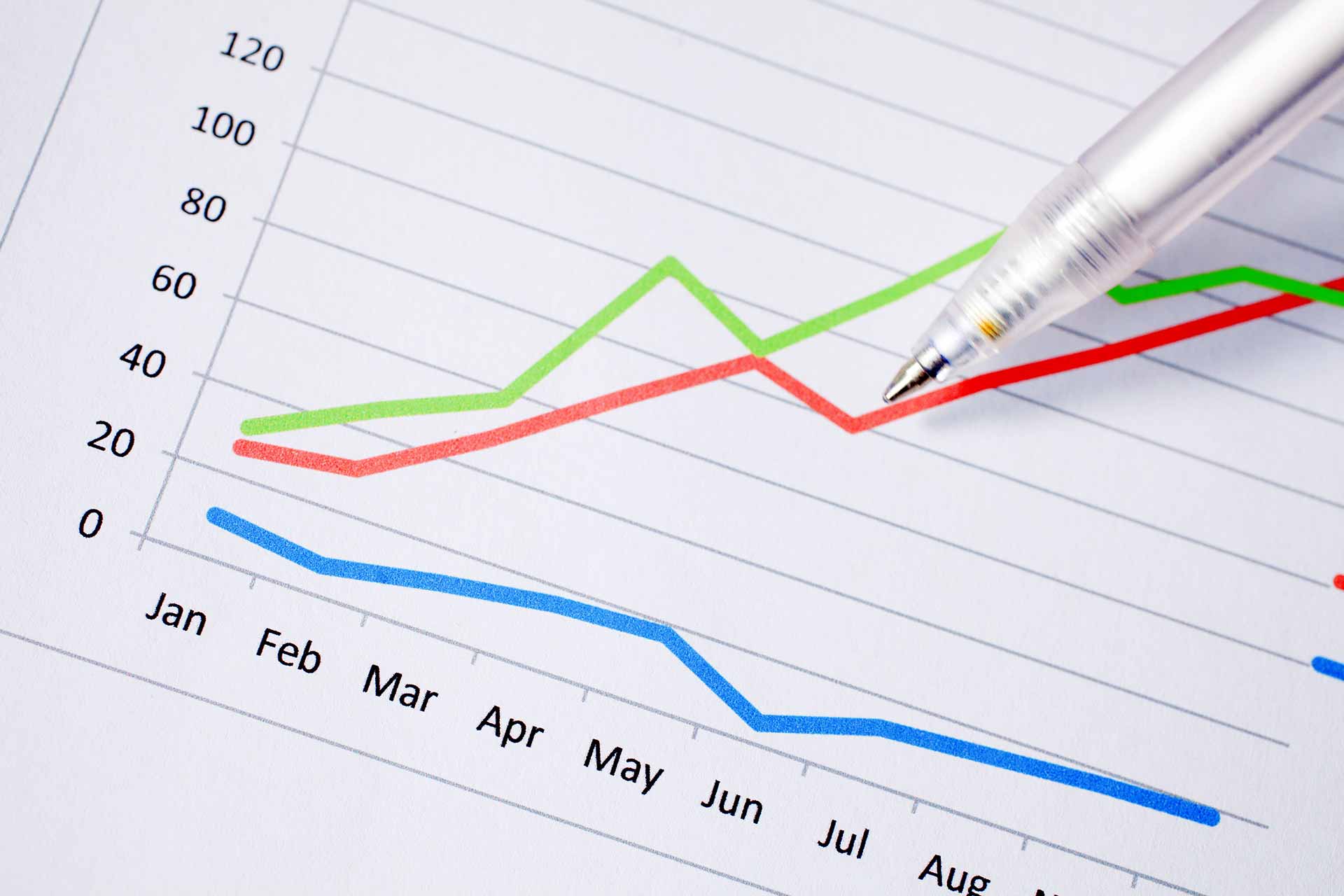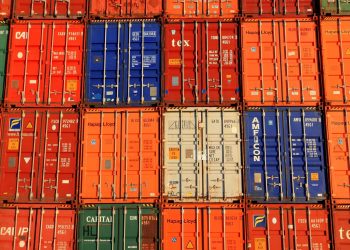Does a Healthy EU Response include pandemic Loans or crisis Grants? The Eurogroup 15/05 reviewed the progress made on the economic safety nets agreed. Eurogroup announced an operational Pandemic Crisis Support. ESM – European Stability Mechanism confirmed eligibility of all euro area member states and made the instrument available with immediate effect. Member states are doing whatever is needed to get this pandemic under control. The ESM is ready to support them with pandemic loans. All countries in the Eurozone are confirmed as “eligible” to receive financial support, Mário Centeno confirmed.
The first safety net is now in place. The European Stability Mechanism Pandemic Crisis Support is operational as of today.
Mário Centeno, Eurogroup President

EU interested countries can now apply for money-cash help. ESM approved the setting up of precautionary credit lines for all Euro countries. The exceptional costs incurred with direct and indirect health care, cure and prevention expenses, can be covered by the mechanism. This can be attractive since the only condition attached to this financial support is the requirement to spend the money on direct and indirect health sector costs, linked to the pandemic,” said ESM Managing Director Klaus Regling.
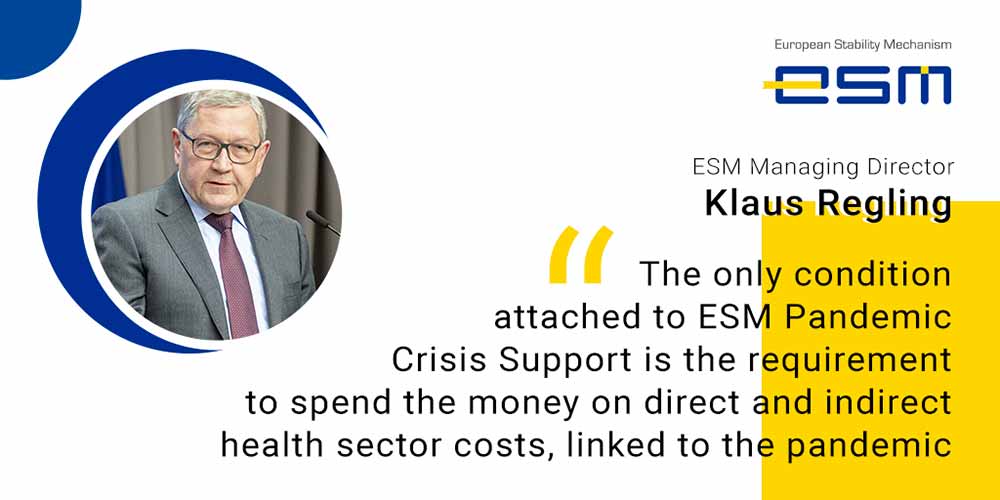
ESM Loan Guidelines
For a requesting ESM Member, the available amount will be 2% of its gross domestic product (GDP) as of end-2019, as a benchmark. Should all 19 countries draw from the credit line, this would amount to around €240 billion. Once a facility is signed, the ESM can disburse money under the credit line over a period of twelve months, which can be extended twice for six months.
If an ESM Member applies for the credit line, funds do not have to be drawn. Credit lines are designed to be a protection or insurance. If ESM loans are drawn, they will have a maximum average maturity of 10 years. The country will need to pay a margin of 10 basis points (0.1%) annually, an up-front service fee of 25 basis points (0.25%), and an annual service fee of 0.5 basis points (0.005%). The agreed average maturity of the loans gives the ESM flexibility to use its wide range of funding products. The disbursement modalities of 15% per month of the total support volume will enable the ESM to fund potential liquidity needs smoothly over time.
The ESM’s long-term funding programme remains at €11 billion for 2020. The ESM has completed its target of raising €6.5 billion in the first two quarters of 2020, with €4.5 billion remaining for the year. If a country draws from Pandemic Crisis Support, the ESM’s funding plans will be adjusted to finance the loan.
ESM Loans Approval Process until 31/12/2022
A country can access the ESM’s Pandemic Crisis Support by sending a request to the Chairperson of the ESM Board of Governors until 31 December 2022. Individual requests for Pandemic Crisis Support have to be approved by a unanimous vote of the ESM Board of Governors (the 19 euro area finance ministers).
SURE programme – Cheap Loans
The second safety net is for workers – the SURE programme (Support to mitigate Unemployment Risks in an Emergency). The SURE programme will become EU law in a few days. Member states will get support to protect workers, their jobs and their incomes during this pandemic. The SURE programme means that these efforts are backed up by European Solidarity, in the form of cheap loans, he said.
Pan-European Guarantee
The third and final safety net is for businesses – the EIB’s so-called Pan-European Guarantee. Regarding companies, the president of the Eurogroup said that the so-called EIB (the European Investment Bank) Pan-European Guarantee is also moving towards a definition of the main parameters. President of the European Investment Bank Mr. Hoyer debriefed Eurogroup Members on the progress made to define the main parameters of this scheme. Policy formulation always entails some political choices and trade-offs. Once this is operationalised, countries can start contributing to the guarantee fund that constitutes the firepower of this instrument, he stressed.
Emergency Measures
Centeno pledged that Europe will “need something more” after the pandemic to “accelerate the economic recovery and ensure that we grow together”. Member states have been taking unprecedented steps to keep firms afloat during this crisis. They need a common safety net to keep viable firms in business and prevent fragmentation of the single market. These three safety nets are a vital contribution to preserve the fabric of our societies.
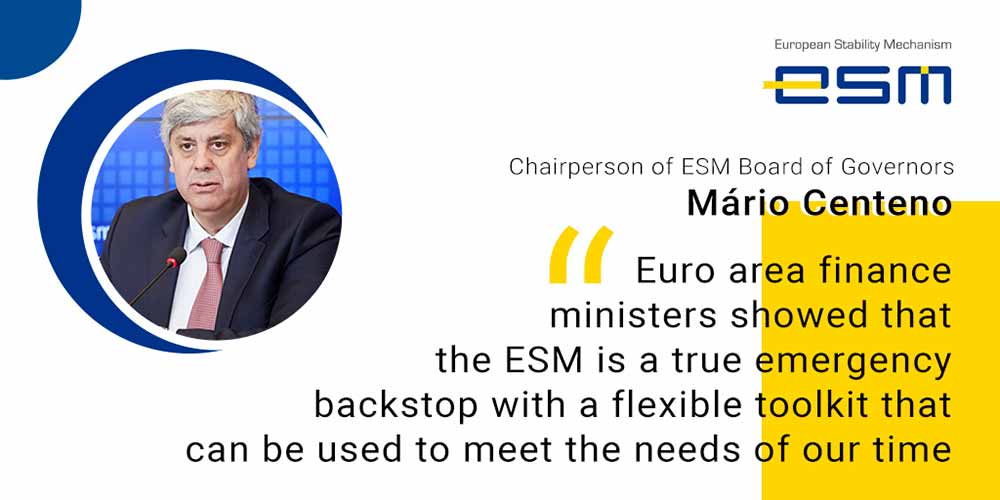
Recovery fund
The Eurogroup had already agreed on some key features of the Recovery fund. It must be temporary, targeted, and commensurate with the extraordinary costs of this crisis; it must help spread costs over time and ensure solidarity with most affected member states. The Recovery Fund will speed the economic recovery and it will ensure that Europe grows together and not apart. The Commission’s proposal for a Recovery Fund, to be expected by the end of the month, will define this debate and we will be able to return to this with a more focused discussion.
We will continue to closely monitor the economic situation and to prepare the ground for a robust recovery, as the European Council mandated us to do.
Mário Centeno, President of the Eurogroup
President of the Eurogroup Mario Centeno said also that the 540 billion-euro economic response package to coronavirus is being made possible “in record time”. According to the Eurogroup President, policies will be needed to restart the single market and preserve the integrity of supply chains.
What is now the proportion of grants vs ESM loans?
Some northern EU countries are still against grants. They claim any grants would also have to be repaid in the future. For the moment there is no agreement yet between European Union countries on how much the new coronavirus recovery funds should be given as grants or as direct ESM loans.
I can report good progress today, Mário Centeno said. The ground-breaking political decisions taken in the Eurogroup a month ago are being translated into legal reality in record time.

